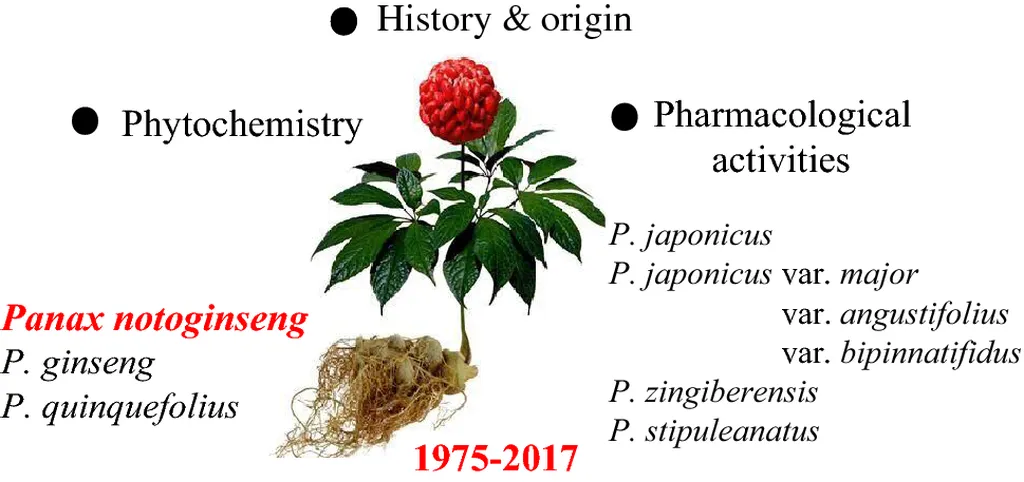In the world of medicinal crops, Panax notoginseng stands as a towering figure, prized for its therapeutic properties and significant economic value. Yet, the specter of disease looms large, threatening both yield and quality. Traditional methods of disease identification often fall short, and while deep learning models have shown promise, they come with their own set of challenges—high computational complexity and excessive parameters that can hinder practical deployment in real-world agricultural settings.
Enter Ling Yang, a researcher from the Faculty of Information Engineering and Automation at Kunming University of Science and Technology, who, along with his team, has developed a groundbreaking solution to these pressing issues. Their innovation, the lightweight full-depth separable and multi-scale aggregation network (FDS-MANet), is poised to revolutionize disease segmentation in Panax notoginseng. The research was recently published in the journal ‘Smart Agricultural Technology’.
The FDS-MANet is a testament to the power of innovation in agricultural technology. By proposing a fully depthwise separable convolution architecture, Yang and his team have significantly reduced the number of parameters and improved running speed. “Our goal was to create a model that could achieve high segmentation accuracy without the computational overhead that often comes with deep learning models,” Yang explained. This is a critical advancement, as it allows for more efficient and practical deployment in real-world agricultural environments.
The team didn’t stop there. They also designed a lightweight Atrous Spatial Pyramid Pooling with Attention Aggregation (ASPP-AA) module, which extracts multi-scale features through depthwise separable atrous convolutions and attention mechanisms. This module further reduces parameters and computational complexity, making the model even more efficient. “We wanted to ensure that our model could handle the complexities of disease recognition in Panax notoginseng without compromising on speed or accuracy,” Yang added.
The results speak for themselves. The FDS-MANet achieved a mean intersection over Union (mIoU) of 79.93% with only 2.77M parameters on a constructed multicategory disease dataset. This outperforms competitive models such as DeepLabV3+ and PVTv2, while reducing parameters by 93% and computational costs by 89%. The implications for the agriculture sector are profound. With a model that balances accuracy and efficiency, farmers and agricultural businesses can now monitor and manage diseases in Panax notoginseng more effectively, ultimately safeguarding yield and quality.
The commercial impacts of this research are far-reaching. By reducing the computational overhead, the FDS-MANet makes it feasible for smaller farms and businesses to adopt advanced disease recognition technologies. This democratization of technology can lead to more sustainable and profitable agricultural practices. Moreover, the model’s efficiency makes it suitable for real-time disease segmentation, allowing for timely interventions that can prevent the spread of diseases and minimize crop loss.
Looking ahead, the FDS-MANet could shape future developments in the field of agricultural technology. Its success demonstrates the potential of lightweight, efficient models in addressing complex agricultural challenges. As Yang and his team continue to refine and expand their work, we can expect to see even more innovative solutions that bridge the gap between advanced technology and practical agricultural applications.
In the ever-evolving landscape of agritech, the FDS-MANet stands as a beacon of progress, illuminating the path towards a future where technology and agriculture coexist harmoniously, driving efficiency, sustainability, and profitability.

